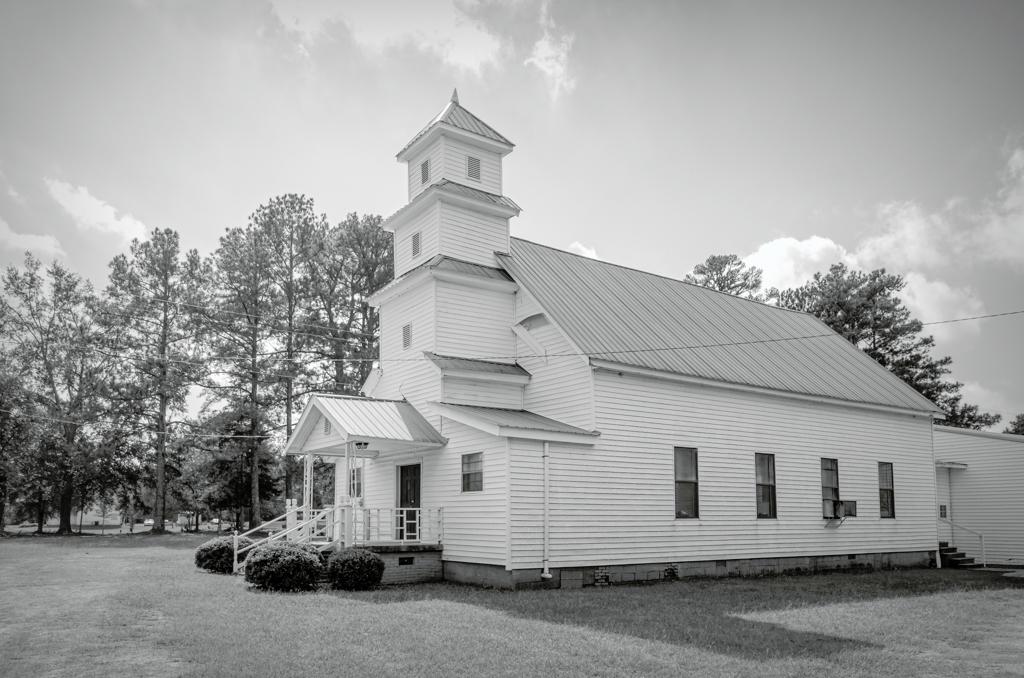Black Rock AME (Wilkes County, Ga.)
The history of Black Rock is intertwined with the history of Independence Methodist Church, whose roots go back to the late 1700s. The church was located in what is now known as the Village of Tignall, once a crossroads known as Independence Campground. It was used for all denominations in the early days but became a Methodist Church in the 1830s. In 1840, Thomas L. Wootten deeded the lot on which the old church building stood to the trustees. Many enslaved African Americans attended Independence, but in 1870, the church building was sold to the Black congregants. They then moved the church a short distance away and placed it on land that had been donated by John S. Poole. At that time it was renamed Black Rock AME. A new church was then erected across the road and dedicated in 1871 by Bishop George F. Pierce. The history tells us that a Sunday school celebration was held in 1879 with the President of Emory College, Dr. A. G. Haygood presiding, that attracted almost 1,000 attendees. There is a historic marker at the Independence Methodist church which reads "In the beginning, the history tells us the church was built for all denominations, and perhaps the name Independence was chosen as a result. There is another school of thought that the Independence name stemmed from our recent victory in the Revolutionary War and the signing of the Treaty of Paris in 1783. Either way, some sort of dispute arose in the 1830's and, as a result, the Methodists claimed the church. This claim was disputed and taken to court, where the Methodists were represented by noted Wilkes County lawyer, Robert Toombs. The Methodists prevailed and the church has been Methodist ever since."
-
 Still image
Still imageBlack Rock AME (Wilkes County, Ga.)
Kirkland, JohnThis record contains 6 images of Black Rock AME.